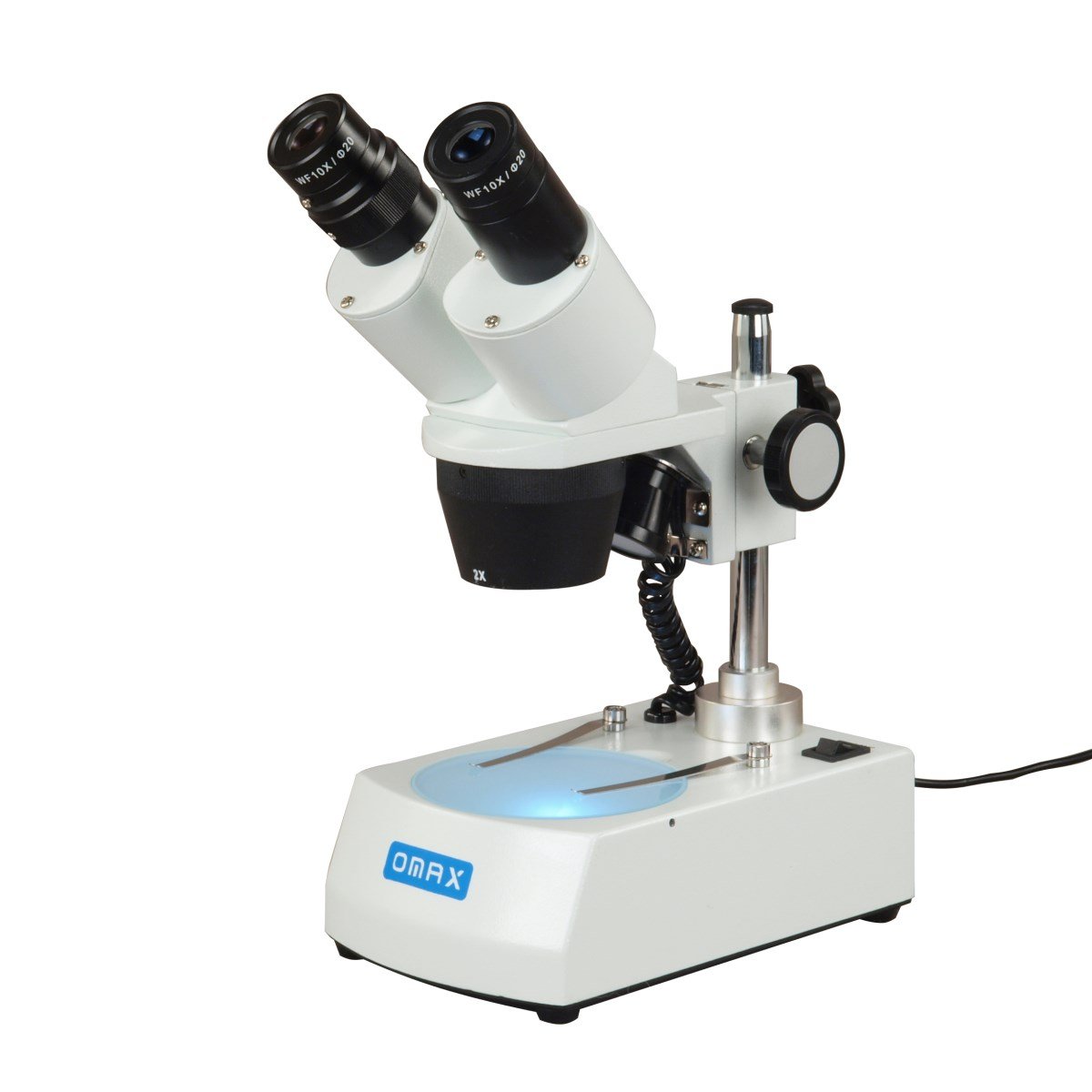Fossils of an age-old animal akin a shrimp with an armored arch accommodate the oldest and best-preserved afraid arrangement anytime found, which could advice scientists analyze the change of afraid systems in animals animate today, according to a new study.
The arresting charcoal belonged to Chengjiangocaris kunmingensis, a crustaceanlike animal that lived 520 actor years ago in what is now South China. The fossils appear a continued "ropelike" axial assumption bond that continued throughout the body, with arresting clusters of assumption tissue abiding forth the cord, like chaplet strung on a thread. Alike alone assumption structures could be detected, the scientists discovered.
They acclaimed that the assumption tissue masses, or ganglia, grew progressively abate forth the axial assumption cord, with the aboriginal masses actuality the ones best abroad from C. kunmingensis's head. The advisers additionally begin that the ganglia were associated with pairs of legs, which additionally bargain in admeasurement as they progressed forth the animal's body.
Other structures in C. kunmingensis's afraid arrangement — dozens of fretfulness that emerged at approved intervals from the assumption bond abreast the base of the anatomy — resembled those begin in assertive types of avant-garde worms, but were absent in avant-garde arthropods, alms clues to the scientists about how afraid systems acclimatized as altered forms of activity in these accompanying lineages evolved.
C. kunmingensis lived during the Cambrian, the geologic aeon on Earth aback activity was rapidly diversifying, and they belonged to a accumulation of arthropod ancestors alleged fuxianhuiids. These predecessors of insects, arachnids and crustaceans had armored active and long, anecdotal bodies aloft abundant pairs of legs — with three or four pairs per segment. These creatures acceptable scuttled beyond the sea bottom, blasting aliment into their mouths with a beyond brace of limbs abutting to their heads, according to abstraction co-author Javier Ortega-Hernández, a biologist in the Department of Zoology at the University of Cambridge, in the United Kingdom.
Complete C. kunmingensis case with assumption bond arresting on the left, abreast the arch shield.
Image: Jie Yang/Yunnan University, China
"Some of the better individuals can ability up to 15 centimeters (6 inches) long, and they had at atomic 80 legs!" Ortega-Hernández told 
8 Reasons Why People Like What Type Of Specimen Is Best Observed With A Stereomicroscope | What Type Of Specimen Is Best Observed With A Stereomicroscope - what type of specimen is best observed with a stereomicroscope
| Encouraged in order to the website, in this time We'll provide you with in relation to keyword. Now, this can be the initial graphic:

Why don't you consider graphic earlier mentioned? can be that will awesome???. if you think maybe therefore, I'l l teach you some graphic yet again underneath:
So, if you like to get the great photos regarding (8 Reasons Why People Like What Type Of Specimen Is Best Observed With A Stereomicroscope | What Type Of Specimen Is Best Observed With A Stereomicroscope), click save link to download the pics in your personal computer. There're available for transfer, if you'd prefer and wish to get it, simply click save logo in the web page, and it'll be directly downloaded in your laptop.} Finally if you'd like to secure unique and the latest picture related to (8 Reasons Why People Like What Type Of Specimen Is Best Observed With A Stereomicroscope | What Type Of Specimen Is Best Observed With A Stereomicroscope), please follow us on google plus or book mark this website, we attempt our best to give you daily up grade with fresh and new graphics. Hope you love staying right here. For some updates and latest information about (8 Reasons Why People Like What Type Of Specimen Is Best Observed With A Stereomicroscope | What Type Of Specimen Is Best Observed With A Stereomicroscope) pics, please kindly follow us on tweets, path, Instagram and google plus, or you mark this page on bookmark section, We try to offer you update periodically with fresh and new pictures, love your browsing, and find the ideal for you.
Thanks for visiting our website, articleabove (8 Reasons Why People Like What Type Of Specimen Is Best Observed With A Stereomicroscope | What Type Of Specimen Is Best Observed With A Stereomicroscope) published . Today we are excited to declare we have discovered an awfullyinteresting contentto be discussed, namely (8 Reasons Why People Like What Type Of Specimen Is Best Observed With A Stereomicroscope | What Type Of Specimen Is Best Observed With A Stereomicroscope) Many people trying to find info about(8 Reasons Why People Like What Type Of Specimen Is Best Observed With A Stereomicroscope | What Type Of Specimen Is Best Observed With A Stereomicroscope) and definitely one of them is you, is not it?